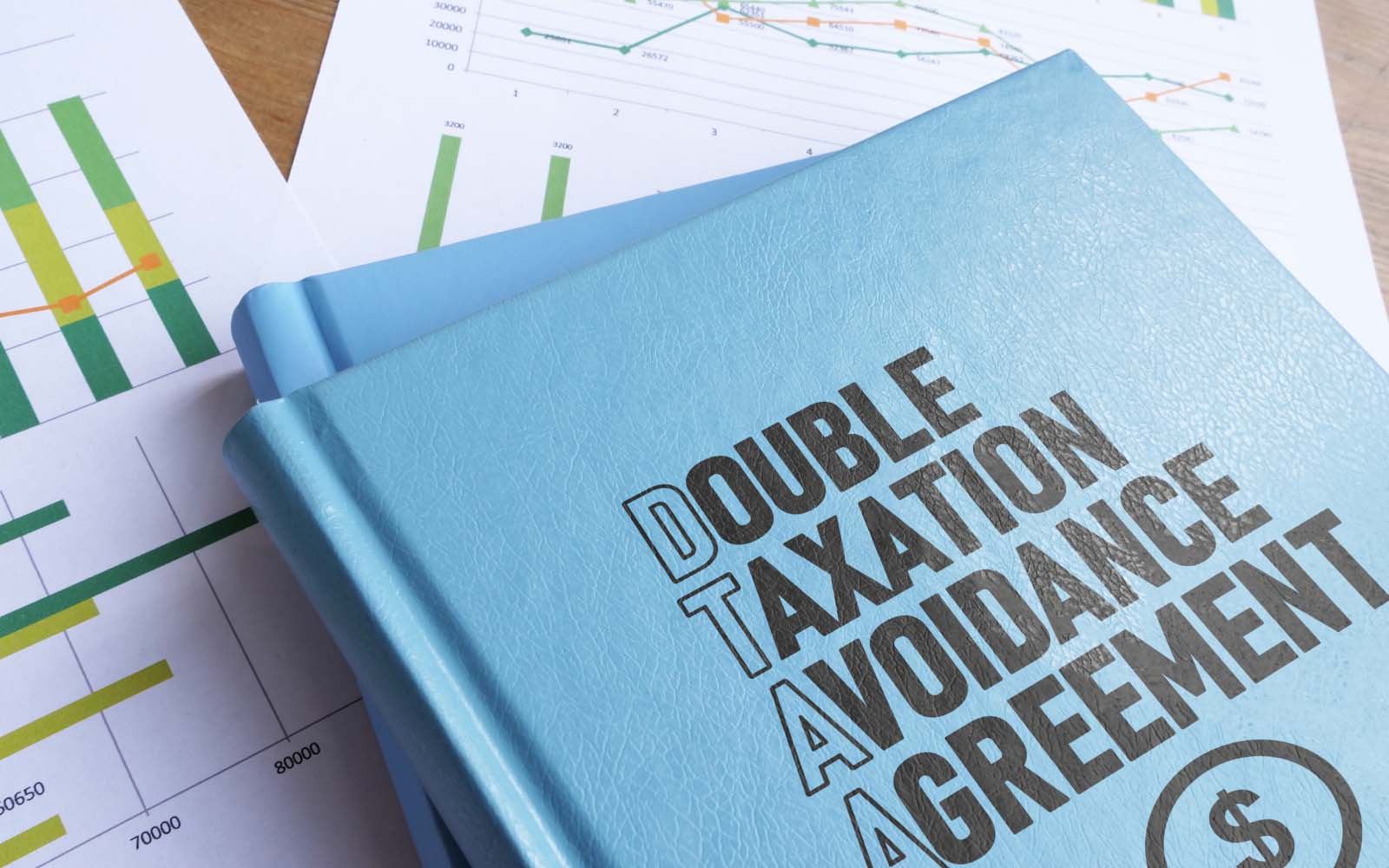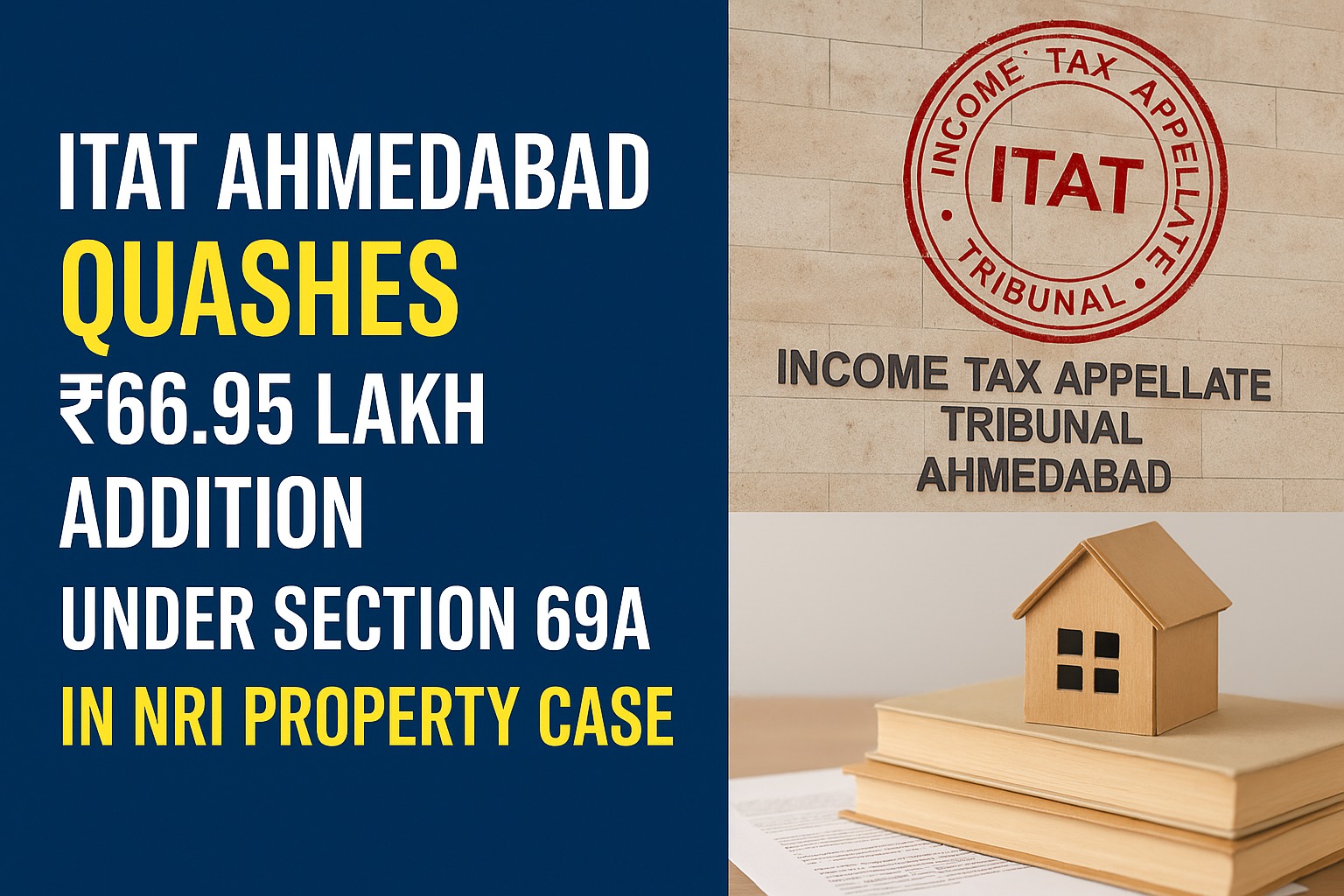 WhatsApp
WhatsApp
 Call Us
Call Us
 Email Us
Email Us
 Whatsapp Community
Whatsapp Community

The Double Tax Avoidance Agreement (DTAA) is a treaty signed between two countries to prevent double taxation of income earned in both jurisdictions. This agreement ensures that Non-Resident Indians (NRIs) do not face the burden of being taxed twice on the same income. While DTAA does not exempt NRIs from paying taxes entirely, it helps minimize their tax liability and promotes fair tax practices, making India a more attractive destination for investment and residency.
The India-US DTAA is designed to protect individuals and entities from being taxed twice on income earned in both countries. For example, if an individual works in the US and receives remuneration there, the US government levies a federal income tax. However, as an Indian resident, the Indian government may also seek to tax this income. The India-US DTAA ensures that the taxpayer receives relief either through income exemption or a tax credit mechanism.
The DTAA between India and the USA covers several key provisions:
United States: The DTAA applies to federal income tax under the Internal Revenue Code (IRC) but excludes other taxes such as the accumulated earnings tax, personal holding company tax, social security taxes, and excise taxes on insurance premiums, which are relevant considerations in income tax for NRIs.
India: The agreement covers income tax, including applicable surcharges, but excludes taxes like surtax.
NRIs can claim tax relief through two primary methods:
Relief from double taxation under the India-US DTAA ensures that income earned by NRIs in the US is not taxed again in India or is provided with appropriate tax credits. This relief plays a key role in the US income tax return for NRI. The primary types of relief are:
Step-by-Step Guide
DTAA Between India and USA – Reporting in ITR
Correct reporting in your Indian Income Tax Return (ITR) is crucial to claim DTAA benefits effectively and avoid penalties. Properly reporting foreign income with the help of DTAA consultancy ensures compliance and maximizes tax relief.
The DTAA specifies different tax rates for various types of income:
1. Taxation on Dividends
Under the India-USA DTAA, the taxation on dividends paid by a company resident in one Contracting State to a resident of the other Contracting State is as follows:
Dividends paid by a company that is a resident of one Contracting State to a resident of the other Contracting State may be taxed in that other State.
However, such dividends may also be taxed in the Contracting State where the company paying the dividends is a resident, and according to the laws of that State. In the context of NRI taxation, if the beneficial owner of the dividends is a resident of the other Contracting State, the tax imposed shall not exceed:
15% of the gross amount of the dividends if the beneficial owner is a company holding at least 10% of the voting stock of the company paying the dividends.
25% of the gross amount of the dividends in all other cases.
2. Taxation on Interest
The DTAA provides specific rules for taxation on interest income:
Interest arising in one Contracting State and paid to a resident of the other Contracting State may be taxed in that other State.
Such interest may also be taxed in the Contracting State in which it arises, and according to its laws. However, if the beneficial owner of the interest is a resident of the other Contracting State, the tax charged shall not exceed:
10% of the gross amount of the interest if it is paid on a loan granted by a bank or similar financial institution, including insurance companies.
15% of the gross amount of the interest in all other cases.
3. Taxation on Royalties and Fees for Included Services
The DTAA outlines provisions for royalties and fees for included services as follows:
Royalties and fees for included services arising in a Contracting State and paid to a resident of the other Contracting State may be taxed in that other State.
Such royalties and fees for included services may also be taxed in the Contracting State in which they arise and according to its laws. However, if the beneficial owner is a resident of the other Contracting State, the tax shall not exceed:
For the first five taxable years after the Convention takes effect:
15% of the gross amount if the payer is the Government, a political subdivision, or a public sector company.
20% of the gross amount in all other cases.
In subsequent years, the tax shall not exceed 15% of the gross amount for royalties or fees for included services.
Key Points to Consider:
Tax treatment of capital gains varies based on asset type and holding period but follows reduced rates for DTAA-qualifying income.
How to Apply for the India-US DTAA?
Process for Application
What is the DTAA?
DTAA is an agreement between two countries to avoid double taxation of the same income, ensuring tax relief and promoting cross-border economic activity.
How Can I Claim DTAA Benefits in India?
File Form 67 with proof of US taxes paid and report the details accurately in your ITR.
Which Incomes are Covered Under DTAA?
Income from dividends, interest, royalties, capital gains, and property rentals are covered.
How Does the Tax Credit Work?
Tax paid in the US can be claimed as a credit against Indian taxes, reducing overall liability.
Is Filing Form 67 Mandatory?
Yes, Form 67 must be filed before submitting your ITR to claim foreign tax credits.
Can I Avoid Tax Completely Under DTAA?
No, DTAA provides relief but does not offer complete tax exemption; taxes may still be applicable based on the source of income and residence.







Stay in the loop, subscribe to our newsletter and unlock a world of exclusive updates, insights, and offers delivered straight to your inbox.